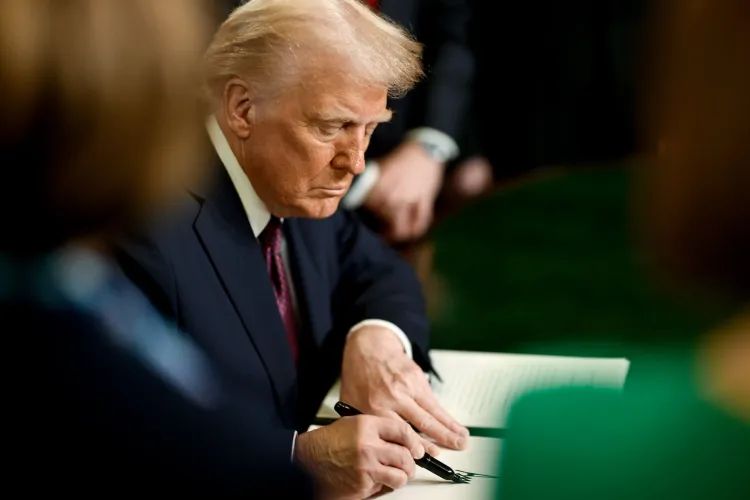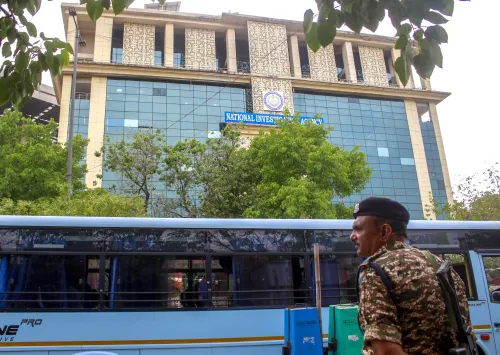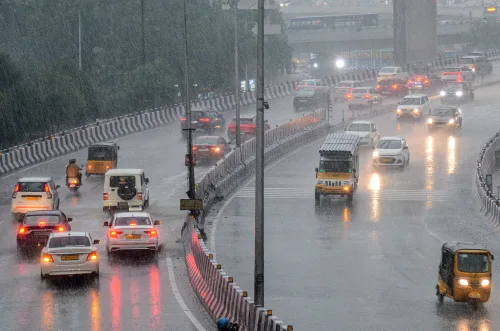Does Trump Truly Grasp the Dynamics of Asia and India? Insights from Jim Rogers on US Tariffs

Synopsis
Key Takeaways
- Trump's tariffs may harm US-India trade relations.
- India is positioned as a potential economic powerhouse.
- Rogers believes in the importance of FTAs for global trade.
- Growth potential between the US and India is significant.
- Understanding economic principles is vital for India's future.
New Delhi, Aug 8 (NationPress) As President Donald Trump enforces a 25 percent tariff on India, with an extra 25 percent set to take effect on August 27, renowned American investor Jim Rogers remarked on Friday that Trump lacks a deep understanding of global affairs, particularly what is unfolding in Asia and specifically India.
In a conversation with IANS, Rogers, a leading financial commentator, asserted that India is the fastest-growing economy globally, and Washington should actively engage in business with New Delhi rather than jeopardizing their longstanding trade and investment relationships through unrealistic tariffs.
“Trump wakes up, watches TV, and then makes decisions. He lacks comprehension of global dynamics, especially in Asia and India,” Rogers stated during his interview.
He believes that trade between the two nations could potentially soar to $500 billion by 2030, as envisioned by Prime Minister Narendra Modi and President Trump, should the latter make sincere efforts to strengthen ties between Washington and New Delhi.
“For the first time in my life, I observe that people in New Delhi are beginning to grasp economic principles. They recognize that prosperity and success are beneficial. This marks an exciting and positive transformation for India,” Rogers emphasized, adding that India could emerge as a highly promising and dynamic economy.
He further predicted that India is destined to become one of the most appealing investment hubs globally, potentially outperforming China in the years to come.
Regarding Free Trade Agreements (FTAs), Rogers remarked to IANS that increased free trade is advantageous for the world, particularly for India. “This shift will be incredibly exciting for the global landscape, including foreign investors,” he declared.
New Delhi has already signed 13 FTAs with its trading partners. Currently, negotiations are ongoing for additional FTAs, including the India-EU FTA, India-Australia Comprehensive Economic Cooperation Agreement (CECA), India-Peru Trade Agreement, covering goods, services, and investment, the India-Sri Lanka Economic and Technical Cooperation Agreement (ETCA), and the India-Oman FTA.









